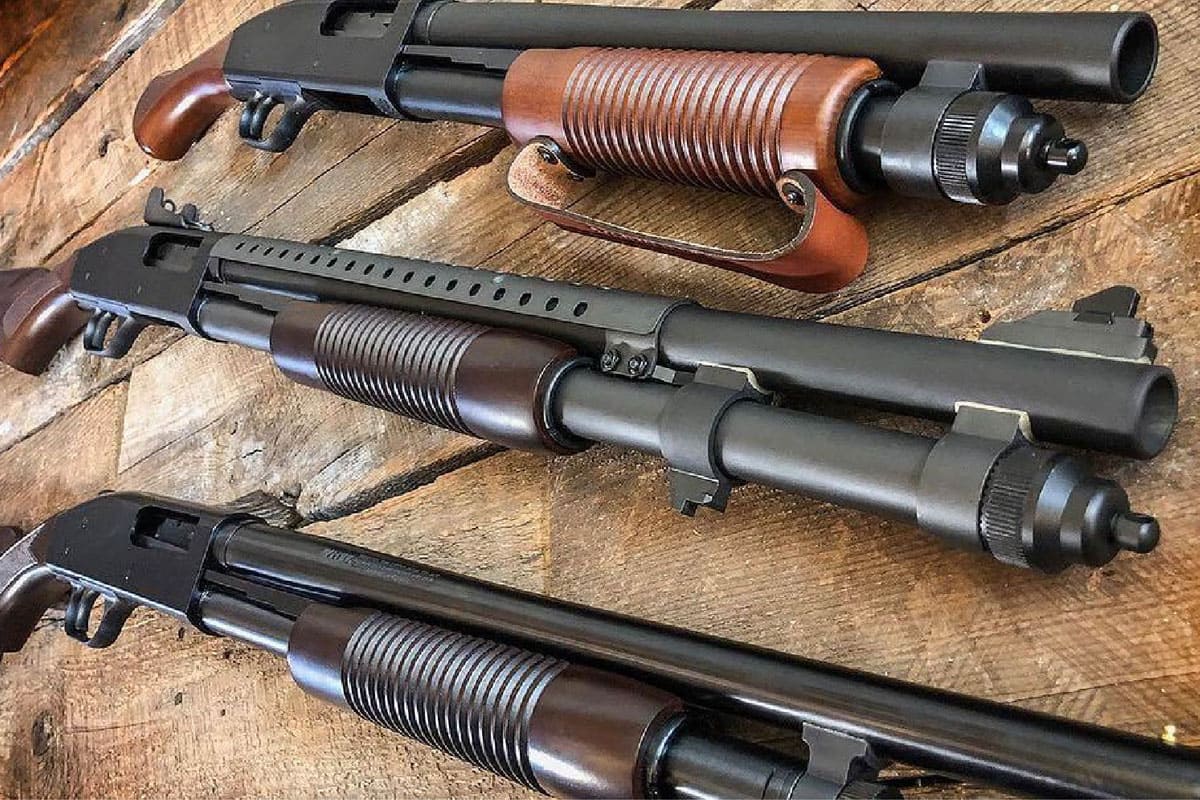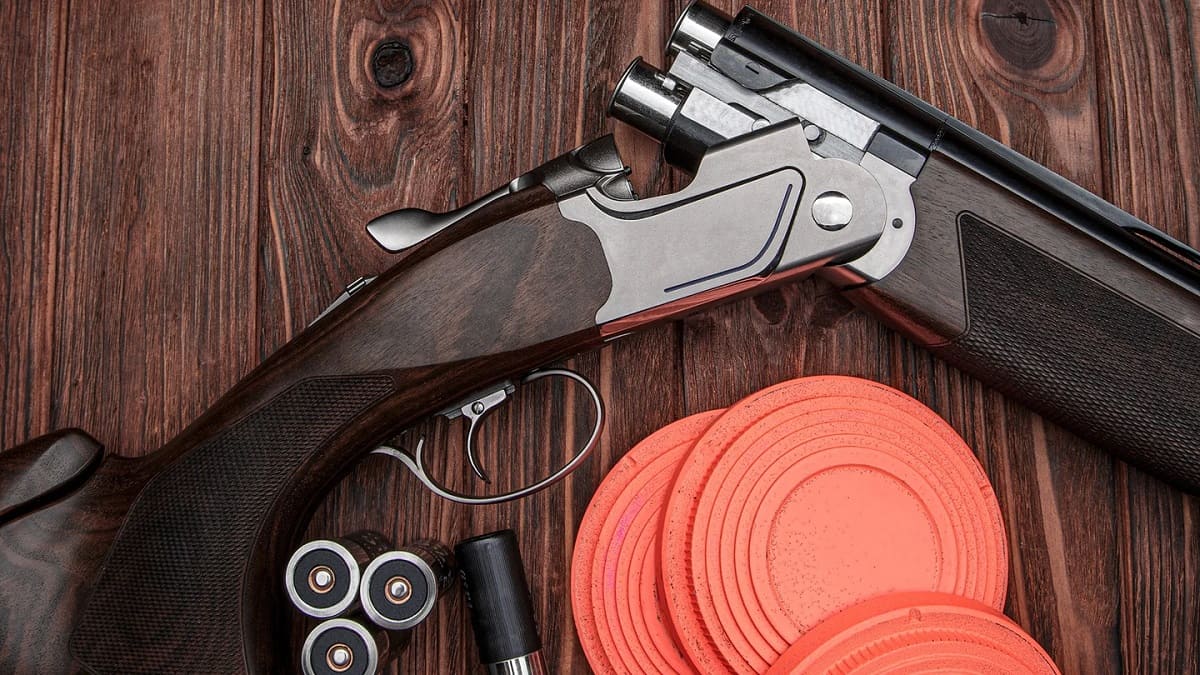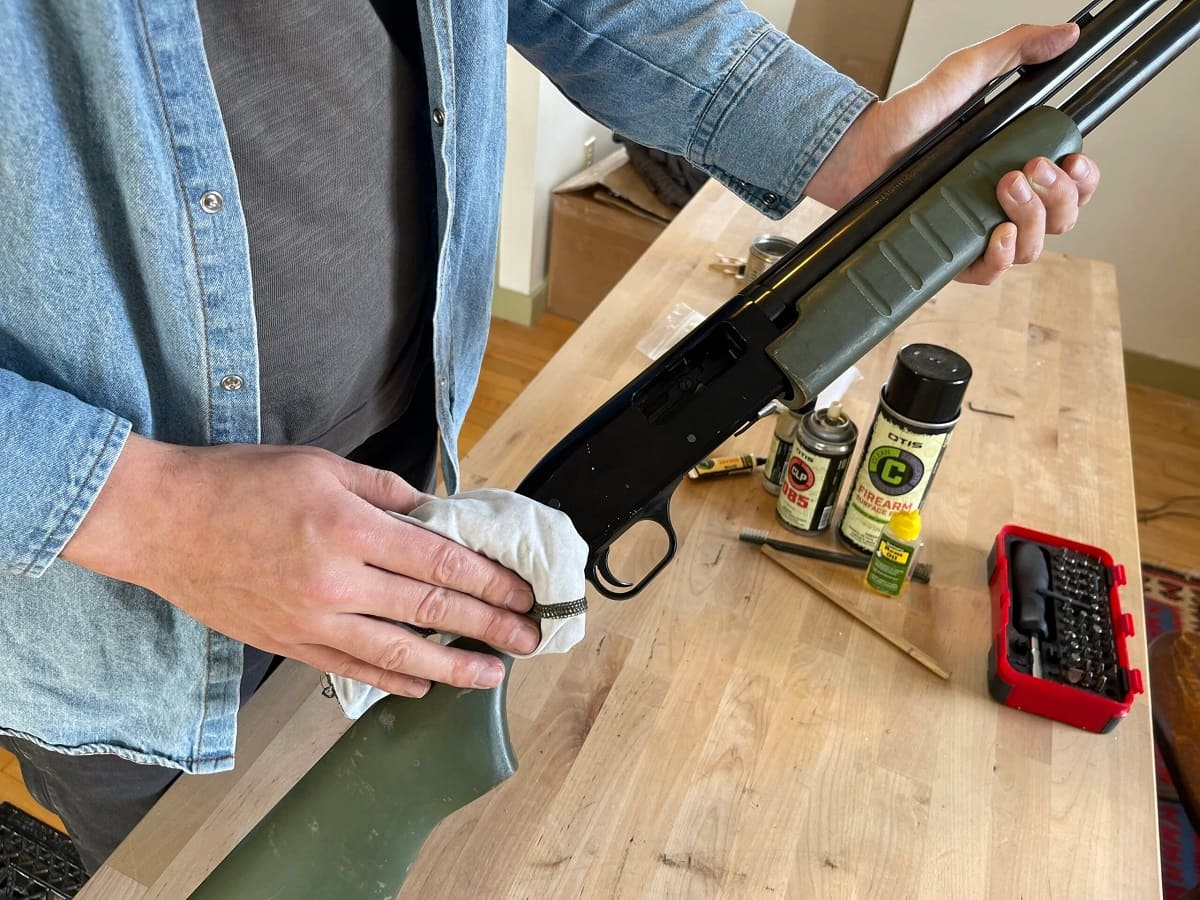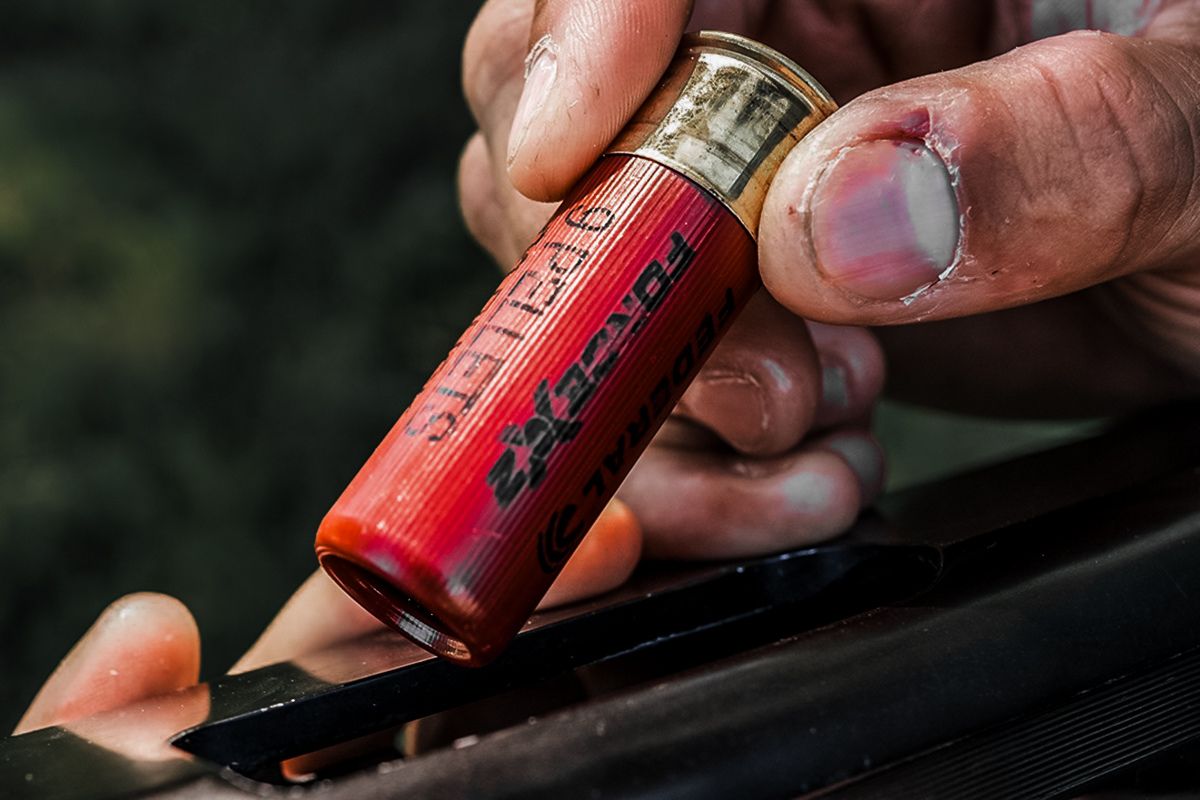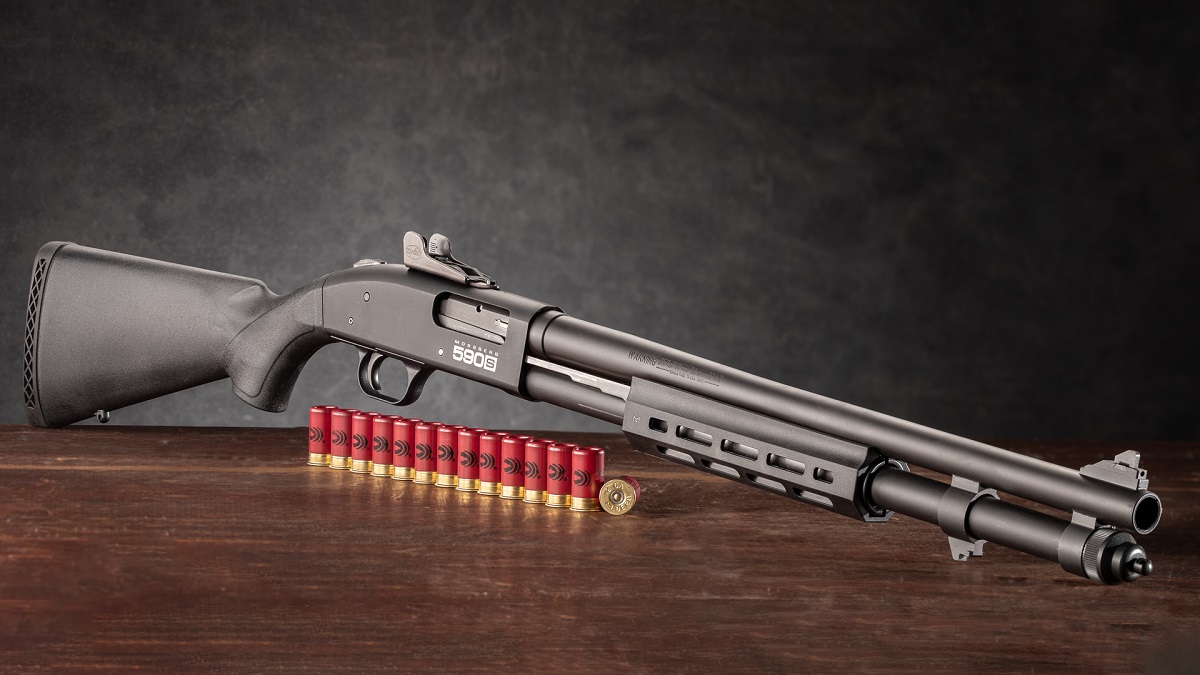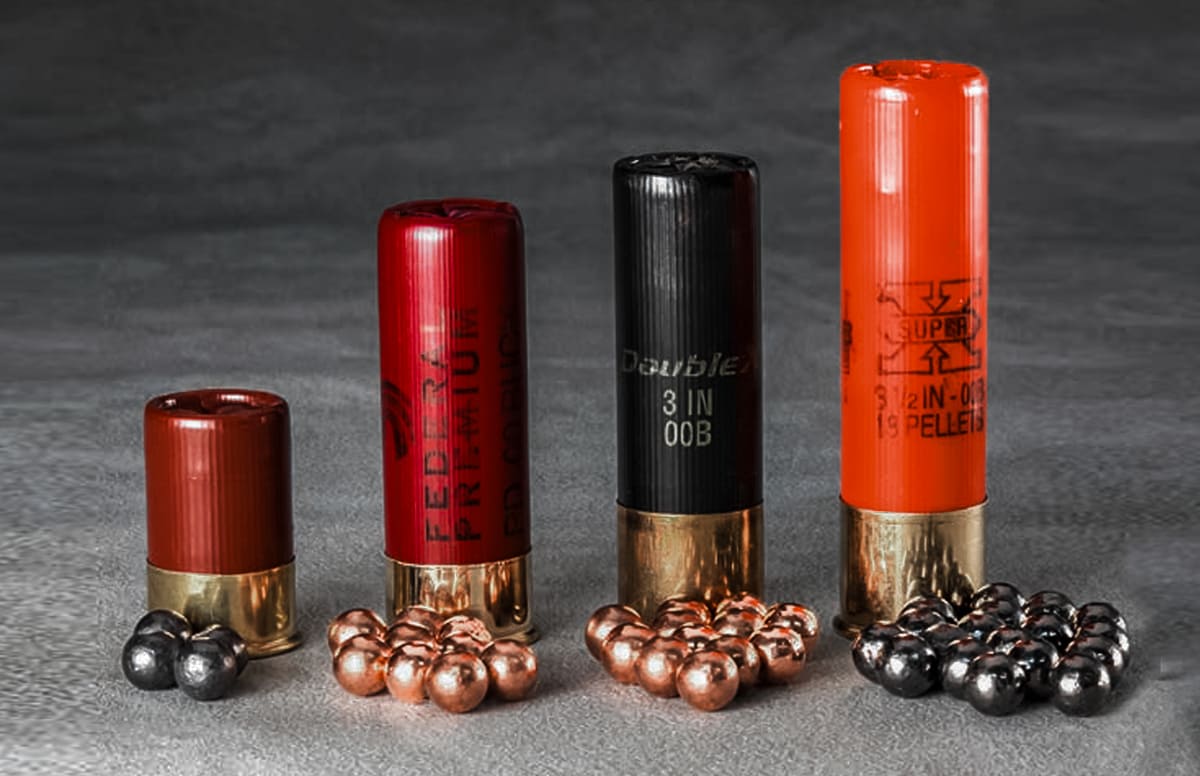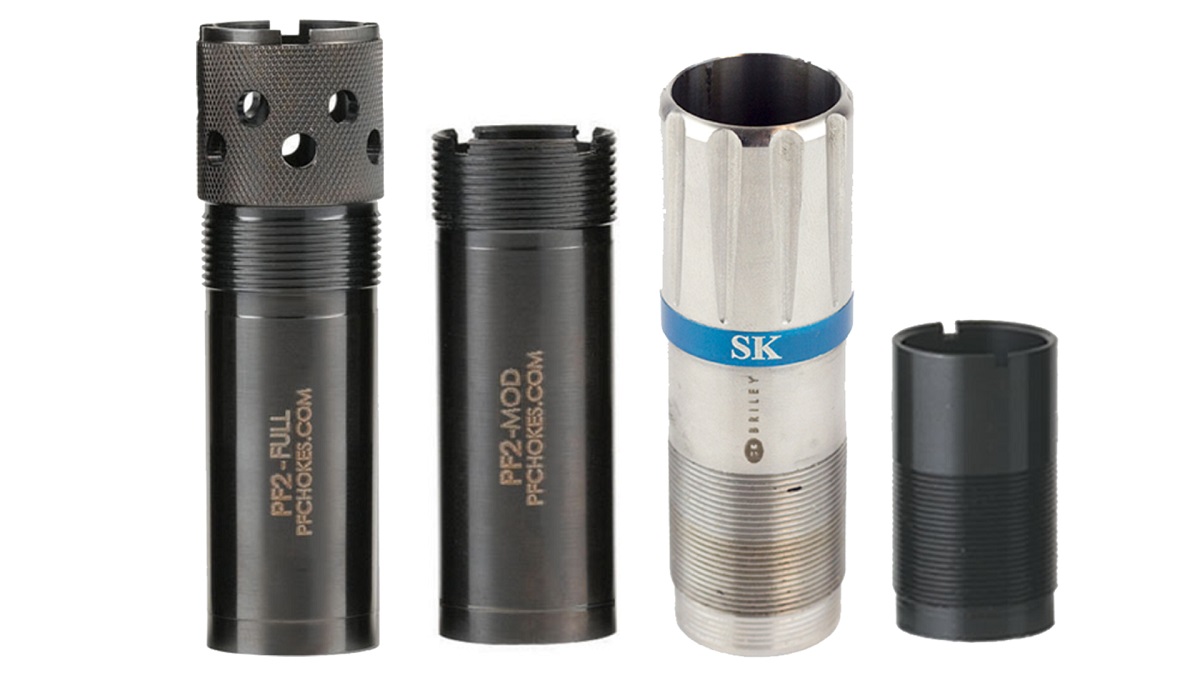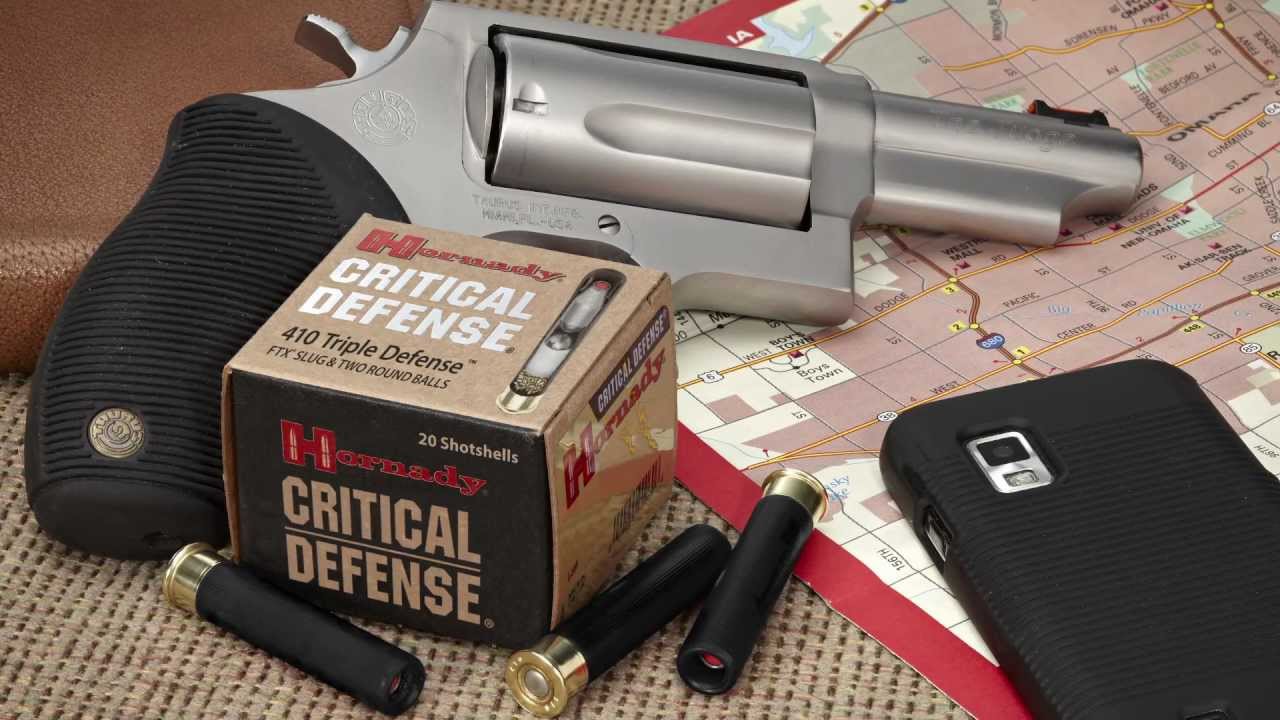Home>Home Security and Surveillance>How To Load .410 Home Defense Shotgun
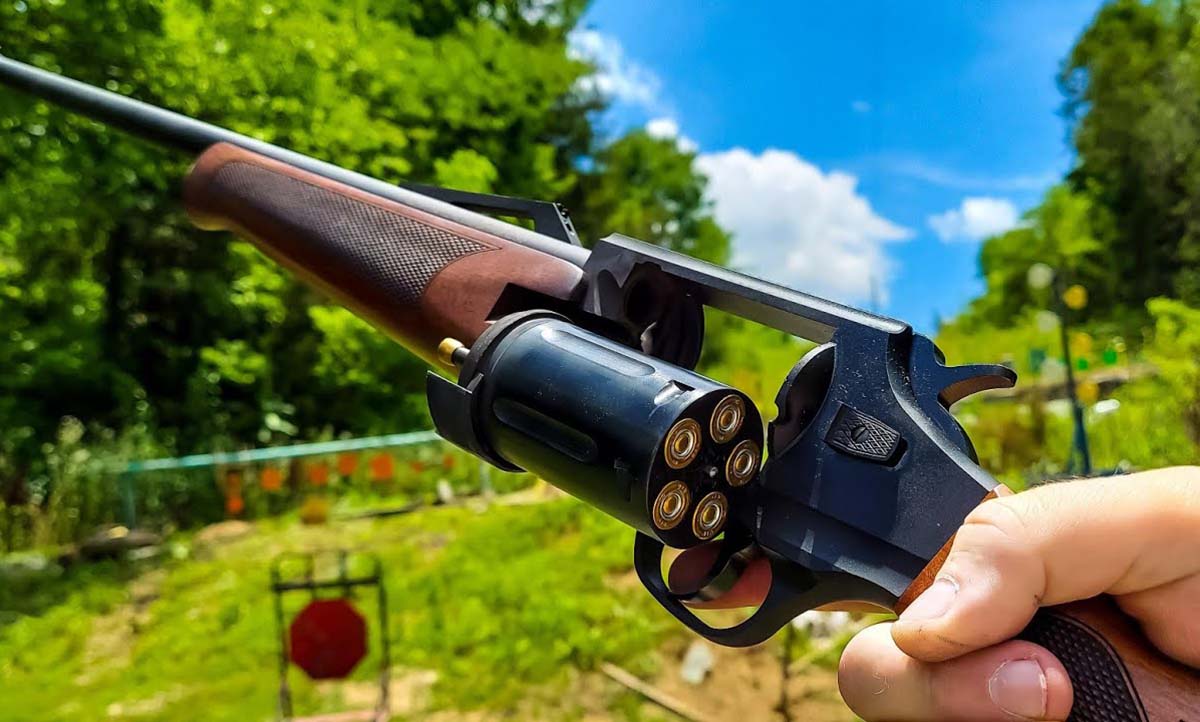

Home Security and Surveillance
How To Load .410 Home Defense Shotgun
Modified: March 6, 2024
Learn how to properly load a .410 home defense shotgun for enhanced home security and surveillance. Step-by-step guide and expert tips provided.
(Many of the links in this article redirect to a specific reviewed product. Your purchase of these products through affiliate links helps to generate commission for Storables.com, at no extra cost. Learn more)
Introduction
Welcome to the world of home defense and surveillance. In today’s uncertain times, taking proactive steps to protect your home and loved ones has become increasingly essential. One effective way to ensure the safety and security of your residence is by investing in a reliable home security and surveillance system.
With numerous options available in the market, it can be daunting to navigate through the sea of choices. However, with proper research and understanding of your requirements, you can find the perfect home security and surveillance system that suits your needs.
In this comprehensive guide, we will explore the various aspects of home security and surveillance in order to empower you with the knowledge needed to make an informed decision. From basic concepts to the latest advancements in technology, we will cover it all.
Let’s dive in and discover the world of home security and surveillance, and how you can create a safer and more secure environment for you and your family.
Key Takeaways:
- Ensure home security by gathering essential equipment like security cameras, DVR, and power supply. Properly prepare, load, and confirm the functionality of your .410 home defense shotgun for safe and secure home protection.
- Safely store your .410 home defense shotgun in a locked container, separate from ammunition. Educate family members on firearm safety, follow local laws, and regularly maintain the shotgun for a secure home environment.
Read more: How To Load A Shotgun For Home Defense
Step 1: Gathering the necessary equipment
Before you embark on setting up your home security and surveillance system, it’s important to gather all the necessary equipment. This will ensure that you have everything you need to effectively monitor and protect your home.
Here are some essential items you will need to gather:
- Security cameras: Choose a reliable security camera system that suits your specific needs. Consider factors such as coverage area, resolution, night vision capability, and remote viewing options.
- DVR or NVR: This device will store and manage the video footage captured by your security cameras. Make sure to choose a DVR or NVR that is compatible with your camera system.
- Monitor: A high-resolution monitor will allow you to view the live and recorded footage from your security cameras.
- Network equipment: If you plan to access your security system remotely via the internet, you will need a router, Ethernet cables, and other networking equipment.
- Power supply: Ensure that you have a stable power source for your security cameras and other equipment. Consider using battery backup systems or uninterruptible power supplies (UPS) to prevent power outages from affecting your system’s functionality.
- Storage devices: Choose reliable and high-capacity storage devices, such as hard drives or network-attached storage (NAS) systems, to store the recorded video footage.
- Mounting hardware: Depending on the type of security cameras you choose, you may need mounting brackets, screws, and other hardware to securely install them in the desired locations.
- Additional accessories: Consider other accessories like weatherproof housing, extension cables, and surge protectors to enhance the performance and longevity of your security system.
Once you have gathered all the necessary equipment, you can move on to the next step: preparing the shotgun.
Step 2: Preparing the shotgun
Before you can load your .410 home defense shotgun, it’s important to ensure that it is properly prepared and in good working condition. Here are some key steps to follow:
- Clean the shotgun: Start by cleaning the shotgun to remove any dirt, debris, or residue that may hinder its performance. Use a cleaning kit specifically designed for shotguns and follow the manufacturer’s instructions.
- Inspect for any damage: Carefully examine the shotgun for any signs of damage, such as cracks, rust, or loose parts. If you notice any issues, it’s important to address them before proceeding.
- Lubricate moving parts: Apply a small amount of gun oil or lubricant to the moving parts of the shotgun, such as the action, bolt, or slide. This will help ensure smooth and reliable operation.
- Check the ammunition: Verify that you are using the correct ammunition for your .410 shotgun. It’s crucial to use the appropriate shells to prevent malfunctions or damage to the firearm.
- Ensure the shotgun is unloaded: Double-check that the shotgun is unloaded by visually inspecting the chamber and magazine tube. Ensure there are no rounds in the firearm before proceeding.
Once you have properly prepared the shotgun, you can move on to the next step: loading the .410 home defense shotgun.
Step 3: Loading the .410 home defense shotgun
Now that your .410 home defense shotgun is prepared and in good working condition, it’s time to load it with the appropriate ammunition. Follow these steps to ensure safe and proper loading:
- Identify the chamber and magazine tube: Familiarize yourself with the different components of the shotgun. The chamber is the part where the cartridge is inserted for firing, while the magazine tube is where additional rounds are stored.
- Insert a shell into the chamber: Hold the shotgun with the barrel pointed in a safe direction. Insert a shell into the chamber by sliding it in until it is fully seated. Ensure that the shell is properly aligned with the chamber before proceeding.
- Load additional shells into the magazine tube: Depending on the capacity of your shotgun’s magazine tube, you can load multiple shells for quick and successive firing. Insert the shells one by one into the magazine tube until it reaches its capacity.
- Rack the action to chamber a round: With the shotgun pointed in a safe direction, pull back the slide or pump the action to chamber a round from the magazine tube into the chamber. This action prepares the shotgun for firing.
- Check the chamber and magazine tube: Always double-check the chamber and magazine tube to ensure they are not overloaded or empty. This step is essential for verifying that the shotgun is properly loaded and ready to use.
Remember, firearm safety is of utmost importance. Always follow proper gun handling procedures and keep the shotgun pointed in a safe direction. Treat every firearm as if it is loaded, and never point it at anything you do not intend to shoot.
With the .410 home defense shotgun loaded, you can move on to the next step: confirming that the loaded shotgun is properly functioning.
When loading a .410 home defense shotgun, always make sure to use the correct size and type of ammunition recommended by the manufacturer. Follow the loading instructions in the owner’s manual to ensure safe and proper operation.
Step 4: Confirming the loaded shotgun
After successfully loading your .410 home defense shotgun, it’s crucial to confirm that it is properly functioning before relying on it for home defense. Follow these steps to ensure the shotgun is ready to be used:
- Perform a function test: With the shotgun still pointed in a safe direction, carefully operate the action to ensure smooth and reliable cycling of the rounds. Pay attention to any unusual sounds or resistance that may indicate a problem.
- Check the safety mechanism: Familiarize yourself with the safety mechanism of your shotgun. Ensure that it is engaged and effectively preventing the shotgun from discharging unintentionally.
- Aim and dry fire: Taking utmost care and obeying all firearm safety rules, aim the shotgun at a safe target and perform a dry fire. This action allows you to assess the trigger pull and make sure it is functioning properly.
- Inspect the loaded shells: Examine the shells in the chamber and magazine tube for any signs of damage, deformity, or other irregularities. It’s important to use only pristine ammunition for reliable and safe operation.
- Perform a final check: Double-check the chamber and magazine tube to ensure they still contain the appropriate number and type of shells. This final step ensures that the loaded shotgun is ready to be used for home defense.
Remember, firearm safety is paramount. Always treat the shotgun with respect and caution. Keep it stored securely and out of reach of unauthorized individuals, especially children. Regularly inspect and maintain your shotgun to ensure it remains in optimal condition.
With a confirmed and properly functioning loaded shotgun, you can move on to the final step: storing the shotgun safely when not in use.
Read more: How To Pick A Shotgun For Home Defense
Step 5: Storing the shotgun safely
Properly storing your .410 home defense shotgun is essential to ensure the safety of everyone in your household. Follow these guidelines to securely store your shotgun when it is not in use:
- Locking storage container: Invest in a sturdy and secure locking storage container specifically designed for firearms. This container should be inaccessible to unauthorized individuals and resistant to tampering or theft.
- Ammunition storage: Store your ammunition separately from the shotgun in a locked container. This will prevent accidental discharge or unauthorized access to ammunition.
- Safe location: Choose a suitable location for storing your shotgun, away from areas where children or unauthorized individuals may have easy access. Consider using wall-mounted gun racks or safes to further secure the firearm.
- Trigger lock or cable lock: Utilize a trigger lock or cable lock on your shotgun to prevent unauthorized use. These devices render the firearm inoperable and provide an added layer of security.
- Educate family members: Teach the members of your household about firearm safety and the importance of respecting and avoiding any contact with the shotgun without proper supervision.
- Follow local laws and regulations: Familiarize yourself with and strictly adhere to all local, state, and federal laws regarding the storage, transport, and ownership of firearms.
- Regular maintenance: Regularly inspect, clean, and maintain your shotgun as per the manufacturer’s guidelines. This ensures its longevity and reliable performance when needed.
By storing your .410 home defense shotgun safely and responsibly, you can minimize the risks associated with firearm ownership and maintain a secure environment for you and your loved ones.
Now that you have successfully completed all the steps, you are well-equipped with the knowledge to load, prepare, confirm, and store your .410 home defense shotgun. Remember, safety should always be your top priority when dealing with firearms.
Stay vigilant, stay safe!
Conclusion
In conclusion, ensuring the safety and security of your home is of utmost importance. With the right home security and surveillance system, along with proper firearm handling techniques, you can create a secure environment for you and your loved ones.
We began by emphasizing the importance of conducting thorough research to gather the necessary equipment for your home security and surveillance system. By selecting reliable cameras, a suitable DVR or NVR, and other essential components, you lay the foundation for an effective and robust security setup.
Next, we discussed the process of preparing and loading a .410 home defense shotgun. With proper cleaning, inspection, and lubrication, your shotgun can be in optimal condition for use. We went through step-by-step instructions for loading the shotgun, emphasizing the importance of safety throughout the process.
Confirming the loaded shotgun’s functionality and safety was the subsequent step. Performing function tests, checking the safety mechanism, and inspecting the loaded shells are crucial measures to ensure that your shotgun is ready for use when needed.
Lastly, we delved into the significance of storing your shotgun securely. Properly locking the firearm in a storage container, separating ammunition, using trigger or cable locks, educating family members, and adhering to legal requirements are all integral aspects of responsible firearm ownership.
By following these steps and prioritizing safety, you can confidently defend your home while minimizing the risks associated with firearm ownership. Remember, safety rules and regulations vary by jurisdiction, so it is crucial to familiarize yourself with local laws and seek proper training and guidance.
Stay proactive, stay vigilant, and create a safe and secure home environment for you and your family!
Frequently Asked Questions about How To Load .410 Home Defense Shotgun
Was this page helpful?
At Storables.com, we guarantee accurate and reliable information. Our content, validated by Expert Board Contributors, is crafted following stringent Editorial Policies. We're committed to providing you with well-researched, expert-backed insights for all your informational needs.

